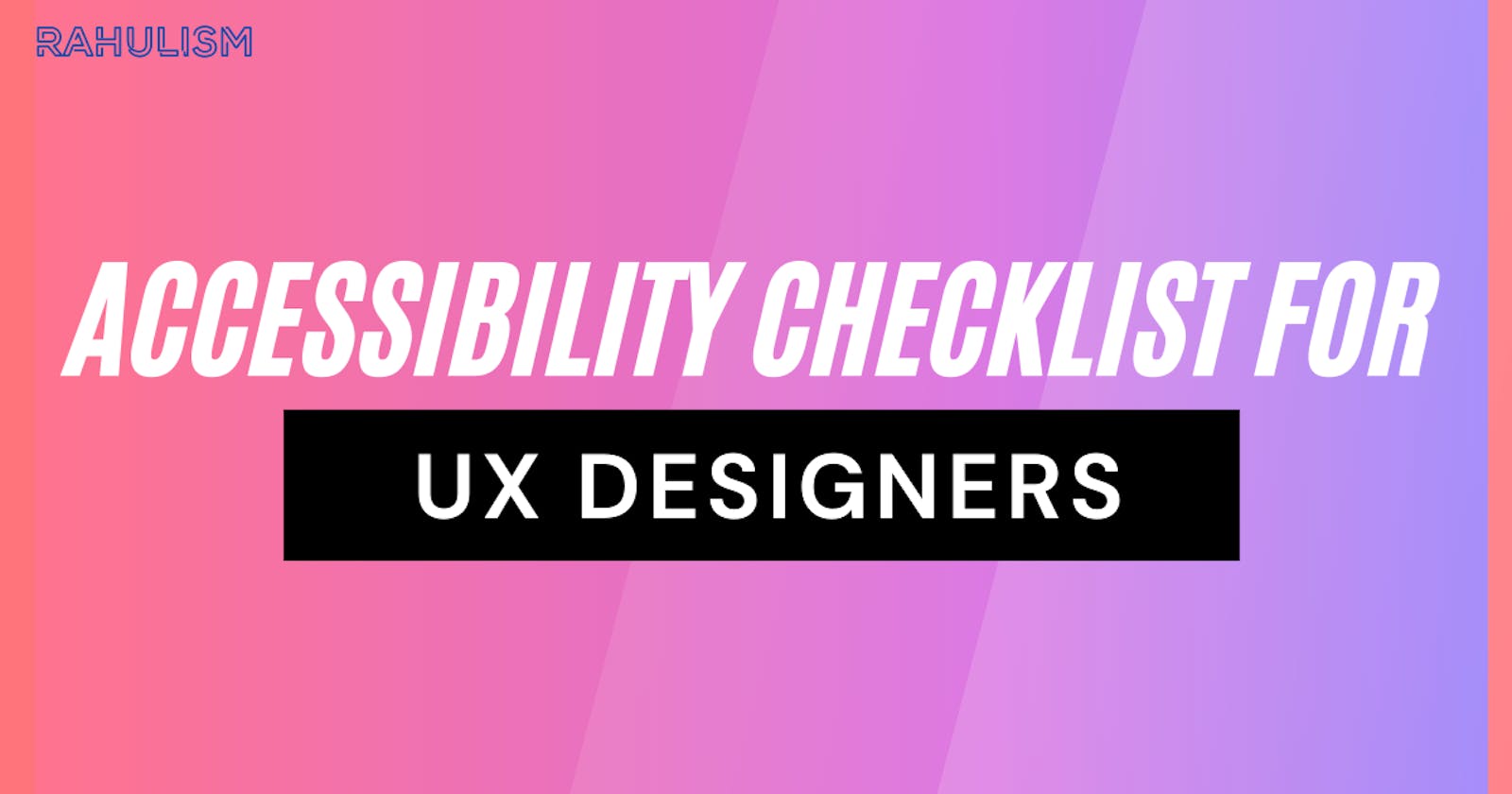Creating accessible style isn't that troublesome and expensive as you'll assume. Let's see the subsequent list of topics and enhancements, which may assist you with this method. 🔥🧑🏽💻
Responsivness
Firstly you should make sure that your design is accessible for all devices. Also, make sure that breakpoint are set well.
- 1280px and more : Large Desktop
- < 991px : Tablets
- < 767px : Mobile landscape
- < 478px : Mobile portrait
Hierarchy
Clear hierarchy is one the key UX aspects of every interfaces. Let's see the following examples how to express the importance (hierarchy) of particular elements:
- Use scale and sizes to express the importance
- Use white space around the element to make them stand out
- Using different color and contrast
- Layout in Z or F pattern
- Use animation and motion (but not excess of it)
Color Contrast
One of the key principles of great accessibility is a contrast. You should carefully care about good contrast ratio of each design element. You can use to check accessibility.
Colorblind
Making your design accessible means also taking care of people with colorblind diseases. Make sure your color palette is recognizable for all people. You can again use to do various simulations.
Tips:
You should limit the color palette used for the website. The fewer colors used in the design, the less confusion. In addition to being a timeless and beautiful trend, minimalist design is useful when considering color accessibility. Instead of just relying on black and white as the only contrasting color; try to use significantly different colors and shades in the design.
It is difficult to overlay text with images because some or all of the images may not be in good contrast with the text. Decreasing the opacity of the background increases the contrast, making the text easier to read.
Feedback
Communication is a really important aspect also in design. Make sure that users know what they have done. You can achieve it for example with great interaction design or dialogs.
Only 5 simple steps to check when designing to increase User Experience.
Thank You For Reading !
